
This text describes modifications to a power supply unit. The power supply unit can be adjusted from 0-55 volts and 0-60 amps to avoid damaging the original casing. The voltage and current meter are connected externally.
1. Power Supply Model: Emerson R48-2900U Snowflake Iron Shell Dual Plate.
2. Disassemble the entire power supply and clean the dust.
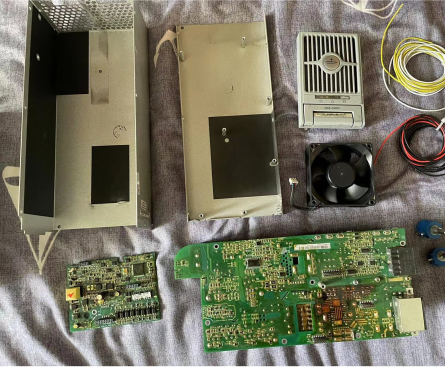
3. Pay attention to the control board model.
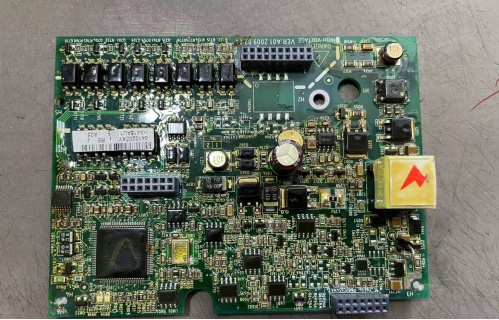
4. Remove the resistor labeled R653 with the imprint "562". Connect a 68K resistor in parallel with the R650 resistor (the larger the parallel resistor, the higher the output voltage). Scrape open the following four solder pads: the leftmost pin of U805, C834 near one side of R650, pins 2 and 3 of U709, and the pin near the edge of the control board of D601.
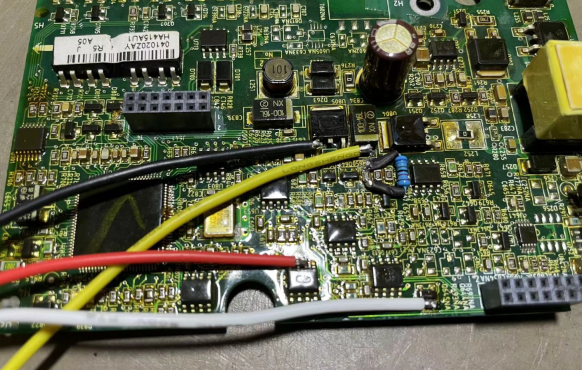
5. Prepare one 100K (voltage adjustment) and one 500-ohm (current adjustment) potentiometer, along with four different colored thin wires. Connect them as follows: Black wire connects to the first pin of both potentiometers, the red wire connects to the second and third pins of the 500-ohm potentiometer, the white wire connects to the second pin of the 100K potentiometer, and the yellow wire connects to the third pin of the 100K potentiometer.
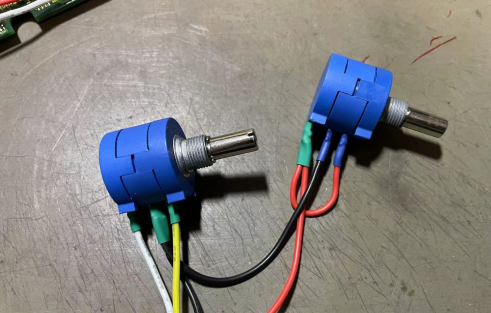
6. Solder the four different colored wires to the four opened solder pads as shown.
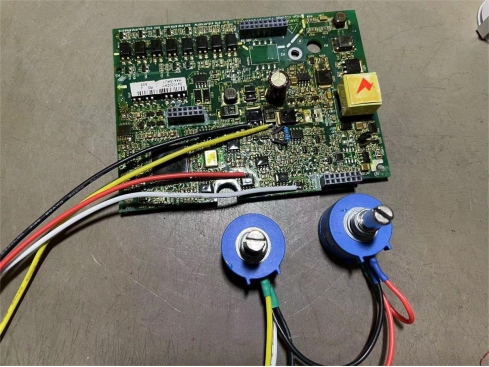
7. Connect a 1.5K or so, 5W or higher resistor in series with positive and negative at the output of the power board as a dummy load. This can be omitted if not needed. With this resistor, when you reduce the voltage from high to low, the pressure relief is faster, and the displayed voltage drops quickly, and vice versa.
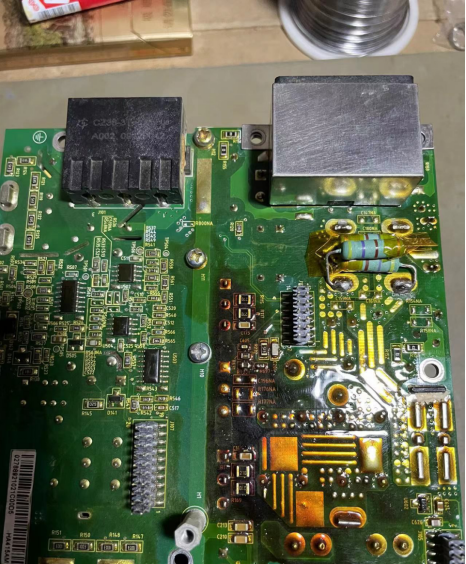
8. Install the control board back onto the power board, connect the multimeter, turn both potentiometers counterclockwise to the minimum, power it on, and the multimeter should show 0.00 or a few volts. If you find that turning the voltage adjustment potentiometer clockwise doesn't change the voltage at this point, simply turn the current adjustment potentiometer clockwise for a full turn first, then adjust the voltage. This is because if the current is restricted to zero, there won't be any voltage.
9. Next, create an external voltage and current meter: You'll need a 100V/100A meter head, a 100A shunt resistor, a boost module, an old mobile phone battery, a DIP switch, a DC socket, red and black 10-gauge silicone wires (about 1 meter each), several large current copper terminals, and a Samsung phone box.
The mobile phone battery supplies power to the meter head through the boost module. The DC socket connects to the positive and negative of the mobile phone battery for external charging. See the diagram for details.
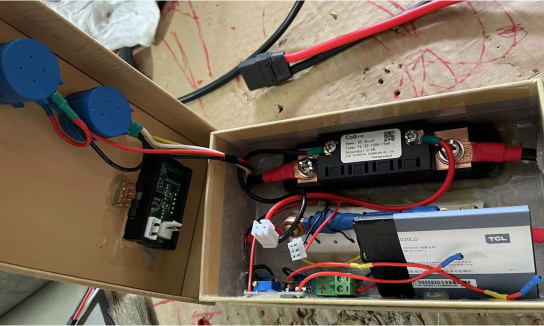
10. Install the two potentiometers in the voltage meter box, power it on again, and ensure everything is working correctly.
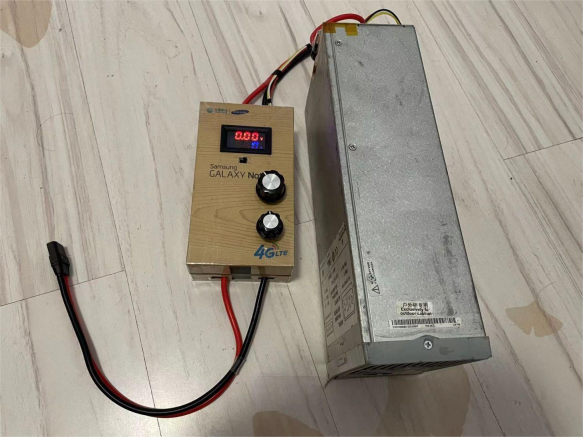
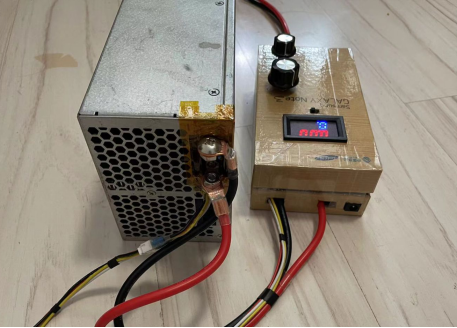
If you find the external voltage meter setup too cumbersome, you can take power from L252 on the control board and create an opening at the rear of the power supply casing to install the meter head and potentiometers. If you were already powering ZVS before making it adjustable, you can set it up as an external meter for convenient monitoring of current.




